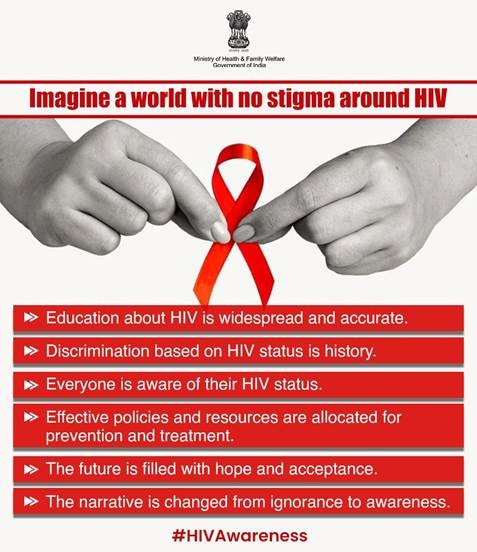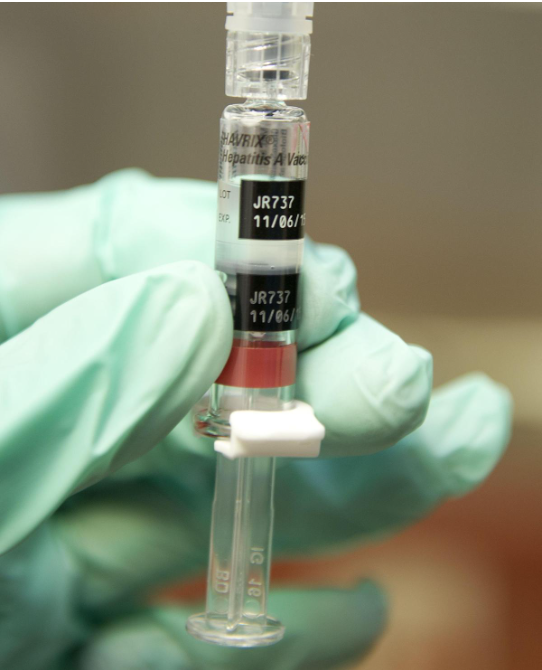




Source: HINDU
Disclaimer: Copyright infringement not intended.
The Food Safety and Standards Authority of India (FSSAI) has decided to treat the packaged drinking and mineral water segment as a “High Risk Food Category” and subject it to mandatory inspection and third-party audit norms.
Read about FSSAI: https://www.iasgyan.in/daily-current-affairs/food-safety-and-standards-authority-of-india-fssai
Read about food safety laws in states: https://www.iasgyan.in/daily-current-affairs/food-safety-laws-in-states
The packaged drinking water industry was previously required to obtain dual certification from both the Bureau of Indian Standards (BIS) and FSSAI.
In October 2024, the government removed the mandatory condition for BIS certification simplifying compliance requirements.
Read about BIS: https://www.iasgyan.in/daily-current-affairs/bureau-of-indian-standards
To maintain rigorous safety standards, FSSAI amended its Risk-Based Inspection Policy to include packaged drinking and mineral water under high-risk categories.
This change ensures that the removal of mandatory BIS certification does not compromise food safety.
Manufacturers of packaged drinking and mineral water will undergo:
Annual Risk-Based Inspections by FSSAI officials.
Pre-licensing inspections before receiving a license or registration.
Centrally licensed manufacturers in high-risk categories must be audited annually by FSSAI-recognized third-party agencies.
Obtaining FSSAI licenses is now strictly tied to the inspection process ensuring that only compliant manufacturers are permitted to operate.
Packaged drinking water is a widely consumed product and any lapses in quality could have serious public health implications.
The high-risk classification reflects the importance of stringent safety measures in its production and distribution.
The removal of dual certification simplifies the compliance process for businesses. However annual inspections and audits ensure that safety standards remain uncompromised.
Aspect |
Details |
|
Definition |
Packaged drinking water is water treated and sealed in bottles, pouches or containers to meet safety and quality standards for human consumption. |
|
Purpose |
Ensures safe drinking water free from contaminants like microorganisms, chemicals and sediments, especially in areas with unsafe or unreliable water sources. |
|
Sources of Water |
Common sources include groundwater, spring water, municipal water supply or surface water (like rivers or lakes). |
|
Processing Techniques
|
|
|
Filtration: Removes physical impurities such as sand, debris and sediments through sand filters, carbon filters, or microfilters. Reverse Osmosis (RO): Uses a semipermeable membrane to eliminate dissolved salts, heavy metals and microorganisms. UV Treatment: Exposes water to ultraviolet light to kill or inactivate bacteria, viruses and other pathogens. Ozonation: Dissolves ozone gas in water to disinfect and oxidize organic matter, providing an additional layer of microbial safety. Mineral Fortification: Some packaged drinking water is fortified with essential minerals like calcium, magnesium, and potassium for taste and nutritional value. |
|
|
Packaging |
|
|
Material: Common materials include PET (polyethylene terephthalate) and HDPE (high-density polyethylene), which are lightweight and recyclable. Sealing: Bottles are hermetically sealed to prevent contamination during storage and transportation. Labelling: Labels provide details such as source, treatment methods, manufacturing date, and compliance with regulatory standards. |
|
|
Regulatory Standards |
Global Standards: WHO guidelines and International Bottled Water Association (IBWA) standards ensure water safety and quality. Indian Standards: BIS (Bureau of Indian Standards) specifies IS:14543 for packaged drinking water and IS:13428 for packaged natural mineral water. |
|
Physical Impurities |
Sand, sediments, and debris are filtered out during the initial stages. |
|
Chemical Contaminants |
Heavy metals like lead and mercury, pesticides, nitrates and industrial pollutants are removed through advanced treatment methods like RO. |
|
Biological Impurities |
Pathogenic microorganisms such as bacteria (e.g., E. coli), viruses and protozoa are inactivated or removed through UV treatment, RO or ozonation. |
|
Chemical Parameters |
pH, total dissolved solids (TDS), hardness and presence of heavy metals like arsenic and lead. |
|
Microbial Parameters |
Ensures absence of coliform bacteria, E. coli and other pathogens. |
Sources:
|
PRACTICE QUESTION Q.Consider the following statements about the Bureau of Indian Standards (BIS):
Which of the statements given above is/are correct? (a) 1 and 2 only (b) 1 and 3 only (c) 2 and 3 only (d) 1, 2, and 3 Answer: (a) Explanation: Statement 1 is correct. BIS was established in 1986 under the BIS Act, which was later revised to the BIS Act of 2016. Indian Standards Institution (ISI) was established on 6 January 1947 as a Registered Society under the Societies Registration Act, 1860. Subsequently, for improving the Quality of Products and to provide the advantages of Standardization to common consumers, the Indian Standards Institution started operating the Certification Marks Scheme under the Indian Standards Institution (Certification Marks) Act, 1952. The Scheme was formally launched in 1955 and is popularly known as the ‘ISI Marking Scheme’. In order to confer a statutory status to Indian Standards Institution, a bill was introduced in the Parliament which led to the enactment of the Bureau of Indian Standards Act, 1986. Thus, Bureau of Indian Standards (BIS) came into existence on 1 April 1987, taking over the functions of erstwhile ISI, with broadened scope and vested with more powers. Statement 2 is correct. BIS is responsible for the hallmarking of gold and silver jewelry in India. Statement 3 is incorrect. BIS certification is not mandatory for all consumer goods; it is required only for specific products such as electrical appliances, packaged drinking water and gold jewelry. BIS certification scheme is basically voluntary in nature. However, for a number of products compliance to Indian Standards is made compulsory by the Central Government under various considerations viz. public interest, protection of human, animal or plant health, safety of environment, prevention of unfair trade practices and national security. For such products, the Central Government directs mandatory use of Standard Mark under a Licence or Certificate of Conformity (CoC) from BIS through issuance of QCOs. |






© 2025 iasgyan. All right reserved